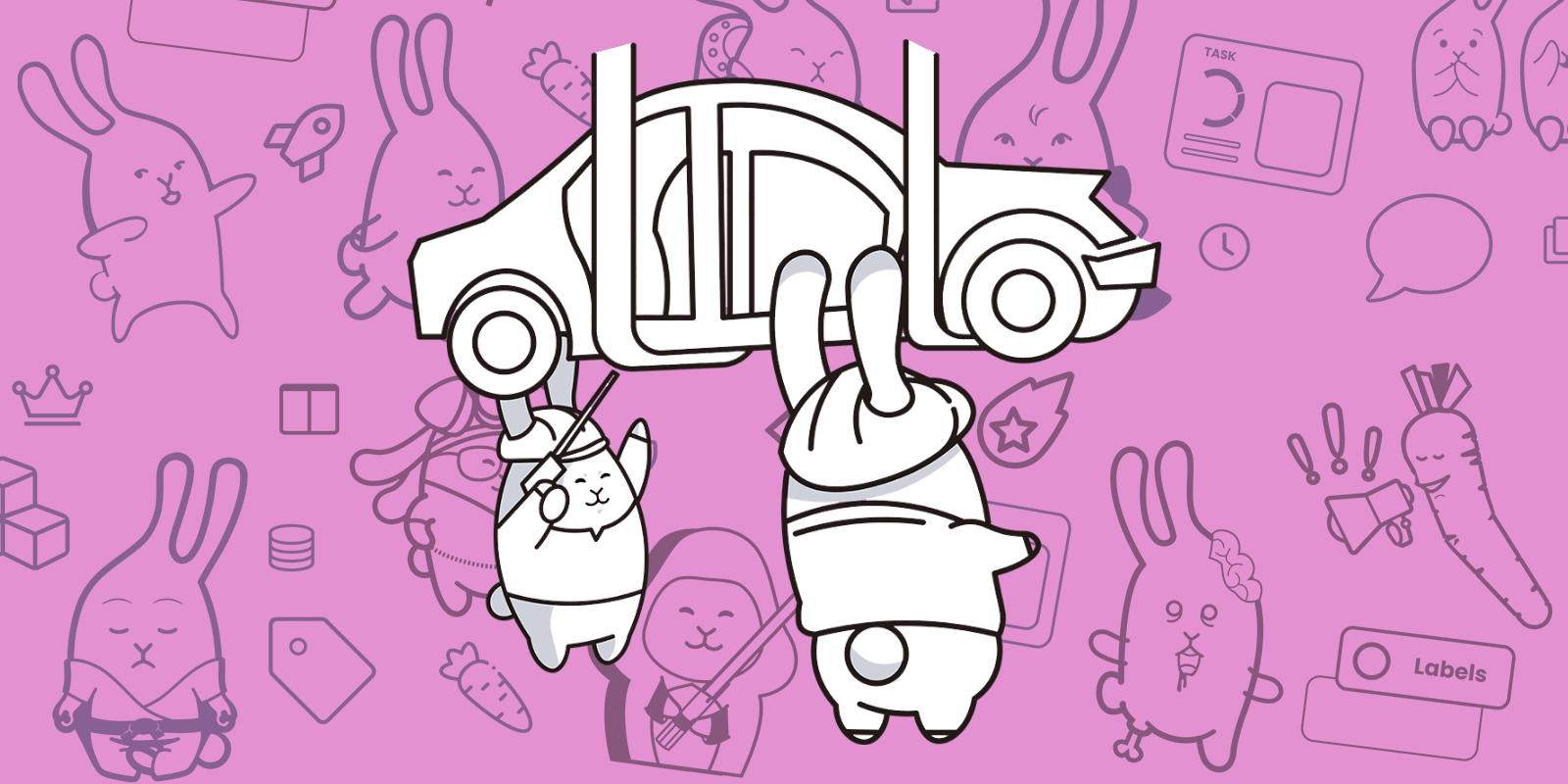
Duplicating a project in GitScrum is an efficient and effective way to create new projects within your workspace. Instead of starting from scratch, duplicating a project allows you to copy its existing content and configurations, saving you time and effort in the long run.

GitScrum enables all team members to duplicate projects, with the exception of Guest or Restricted members who are only able to view them. By duplicating a project, you can quickly and easily create new projects that have the same set up as the original. This is especially useful when creating projects that are similar in nature, such as recurring projects or projects with similar goals and objectives.

One of the benefits of duplicating a project is the ability to create project templates. A project template is a pre-designed project with all the necessary elements, such as tasks, due dates, and checklists. By duplicating a project and using it as a template, you can ensure that all future projects have a consistent structure, making it easier for team members to understand the project’s objectives and how they should approach the tasks assigned to them.
In addition, duplicating a project also maintains the original project’s settings, such as task statuses, priority levels, and labels. This allows you to quickly create new projects that have the same settings as the original, streamlining your workflow and making it easier to manage multiple projects at once.
Overall, duplicating a project in GitScrum is a great way to save time and streamline your project management process. Whether you’re creating a new project for a client or for your own team, duplicating a project and using it as a template is a smart and efficient way to get started. So, if you’re looking to increase your productivity and streamline your project management process.
The Benefits of Duplicating a Project
Creating a new project can be a time-consuming process, but with GitScrum’s duplicate feature, you can quickly copy and edit an existing project instead. This feature is available to all team members within a Workspace, except for Guest or Restricted members who only have view access.
By duplicating a project, you maintain important information from the original project while starting fresh with standard settings. This makes it easier for you to get started with your new project and saves you valuable time.
How to Duplicate a Project
- Open your Project.
- Go to Project Settings > Duplicate Project.
- Confirm “Yes” to duplicate your project, or upgrade to GitScrum Business license.
- After duplicating, open your Workspace to visualize all your projects, then open your copy-project.
- Go to Project Settings > Project Information, to edit its Project Name. Click “Update Project”.The Duplicate Projects feature is only available for the GitScrum Business. GitScrum Business is our best license and you can enjoy Unlimited Users, White Label ( use your Custom Branded Domain, Custom Branding, and Free SSL Certificate ), and exclusive features.
What Data/Content is Duplicated with a Project
When you duplicate a project, the following data and set-ups will be duplicated as well:
- Project owner;
- Workflow template;
- Project label(s);
- Tasks on GitScrum Board;
- Task type (s);
- Task start and due dates;
- Custom fields;
- Tasks;
- Subtasks;
- Task checklists;
- Documents / attachments;
- Task attachments;
- Sprints;
- User Stories.
What Data/Content is NOT Duplicated with a Project
When you duplicate a project, the following data is NOT duplicated, which means you will set them for the new project:
- Project status;
- Comments;
- Wiki page(s);
- Spreadsheet(s);
- Mind Mapping(s);
- Discussions;
- Task Assignments.
Duplicating a project in GitScrum is a quick and convenient way to create a new project without having to start from scratch. It’s a great option when you have a similar project and want to save time by using an existing project as a template.
However, after your project is duplicated, it is important to take the time to edit the project information to ensure it is tailored to your new project.